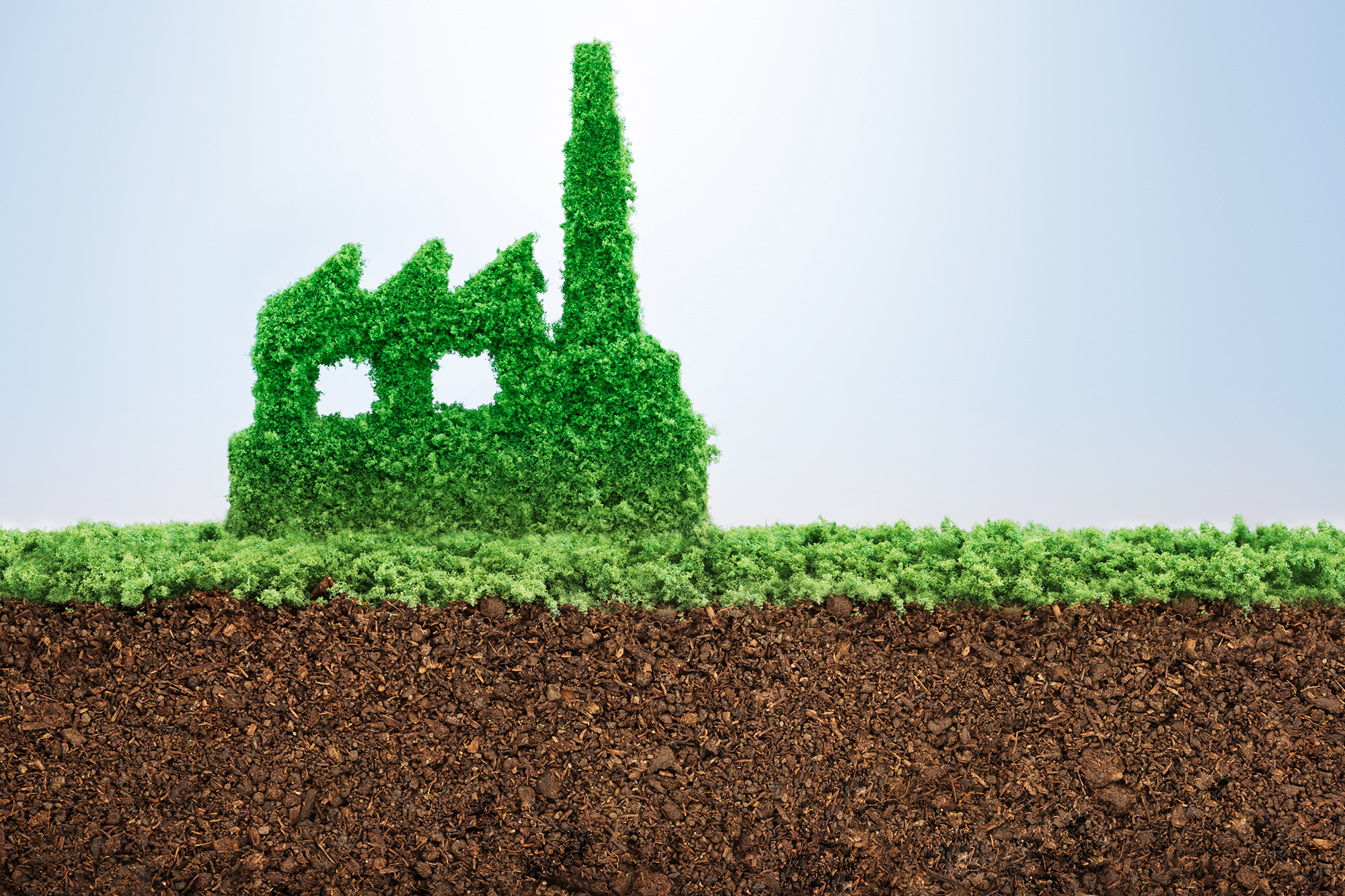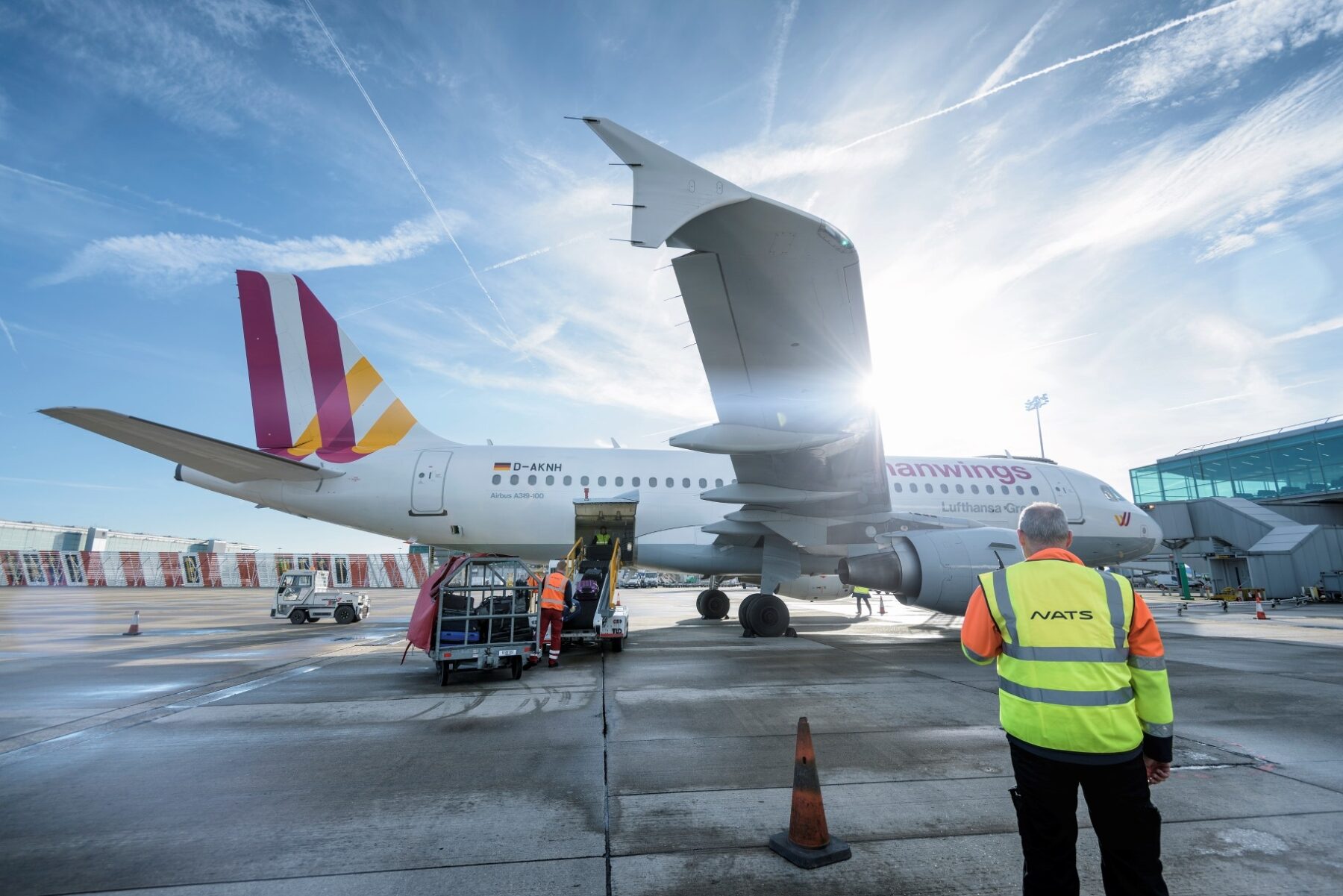Tech And The Global Food Crisis

A recent letter to the Financial Times by Dhananjayan Sriskandarajah, the Chief Executive of the charity organisation Oxfam, resonated with me on various levels. In the letter, he points out that net-zero targets often “rely implicitly on tree-planting and other land-hungry initiatives, instead of actually cutting emissions” and thereby risk “driving up food prices and increasing hunger”. Sriskandarajah emphasises that companies need to “take bold action to cut carbon emissions much closer to home.”
While he uses the oil and gas industry as an example, it is clear that the tech industry too, being hugely dependent on a wide variety of resources, has to take responsibility for its share. However, the beauty of technological developments is that they also have great potential to be the solution to various environmental issues.
On the one hand, we see increasing efforts throughout the industry to develop and provide sustainable IT solutions, following different approaches and models. For HPE, this includes a strong design focus on energy efficiency, longevity, and recyclability. On the other hand, technology is leveraged to tackle environmental and societal challenges. One great example of this is big data processing.
Researching food security globally
I was able to witness first-hand how data can be utilised as HPE supported the Consortium for Global International Agriculture Research (CGIAR) in its efforts for a food secure future. This was another point that made Mr Sriskandarajah’s letter so relatable, as his key critique focussed on the long-term impact of carbon offsets on the global food crisis.
By 2030, the global population is predicted to reach between 8.5 billion and 9.8 billion, necessitating 70% more food than is currently consumed. This means that not only will we need to cut carbon emissions, but also find solutions to solve the food crisis without further cutting into both acreage and forests, literally. CGIAR, a global partnership of 15 non-profit agricultural research institutions working in more than 100 countries, is doing research into virtually every aspect of food security to develop these solutions.
The research is based on data from satellite images, weather records, crop performance, economic activities, and surveys to generate a comprehensive picture of areas of high food production, so-called food baskets, and influencing factors. One of these factors, which was the focus for the project between CGIAR and HPE, is the COVID-19 pandemic. During the last two years we saw disruption throughout all sectors worldwide, and although the impacts on the food crisis were apparent, the details on the how and why were impossible to pinpoint in all their different shapes and forms.
The COVID effects
One aspect CGIAR was particularly interested in was the effects of COVID lockdowns on emissions. The organisation had several projects running but didn’t possess the computing power to manage calculating analytics across 250 cities. Although CGIAR has high-performance computing clusters at several of its centres, the need for this type of timely, localised information and analysis was beyond its existing capabilities. The emissions analysis on just a single point on the earth would have taken up to five hours to run using their existing technology.
To support the research, HPE provided CGIAR with access to the HPE Memory-Driven Computing Sandbox. Specifically designed for big data processing, it allowed the research group to access, compile and analyse huge, diverse datasets simultaneously, without affecting the required timeliness. This included compiling lockdown data, satellite records, emissions signatures, and other information. This data was uploaded to the Sandbox to train a model for recognising greenhouse gas, particularly nitrous oxide, from space.
Now fitted with the capabilities to run multiple analyses across multiple points, CGIAR can build high-frequency views of food systems that link together crop modelling, survey data, and overall economic activity. As researchers monitor emissions of key locations across India and East Africa, they obtain critical context that could signal changes in economic activity. These insights allow them to understand how food security challenges are developing and to compare that picture with crop and survey data to determine how the overall food supply will be impacted.
The future of food security
In the long run, the goal is to evaluate the effects of climate change on the future of food security. With the help of the Memory-Driven Computing Sandbox, the CGIAR is building models to predict droughts, floods, cyclones, and other climate-related natural disasters. By sharing its findings with farmers, policymakers, and food relief organisations, CGIAR will be able to help to prepare for these shock events to support a collective response and reduce the impact on the food system.
Mr Sriskandarajah’s letter reminded me once again that the intertwined problems of climate change, carbon emissions and the global food crisis are extremely complex. It is going to take a coalition of people and technology, including governments, policymakers, private industry, NGOs, and farmers, to make a significant impact.

Janice Zdankus is Vice President, Technology Strategy and Planning at Hewlett Packard Enterprise



